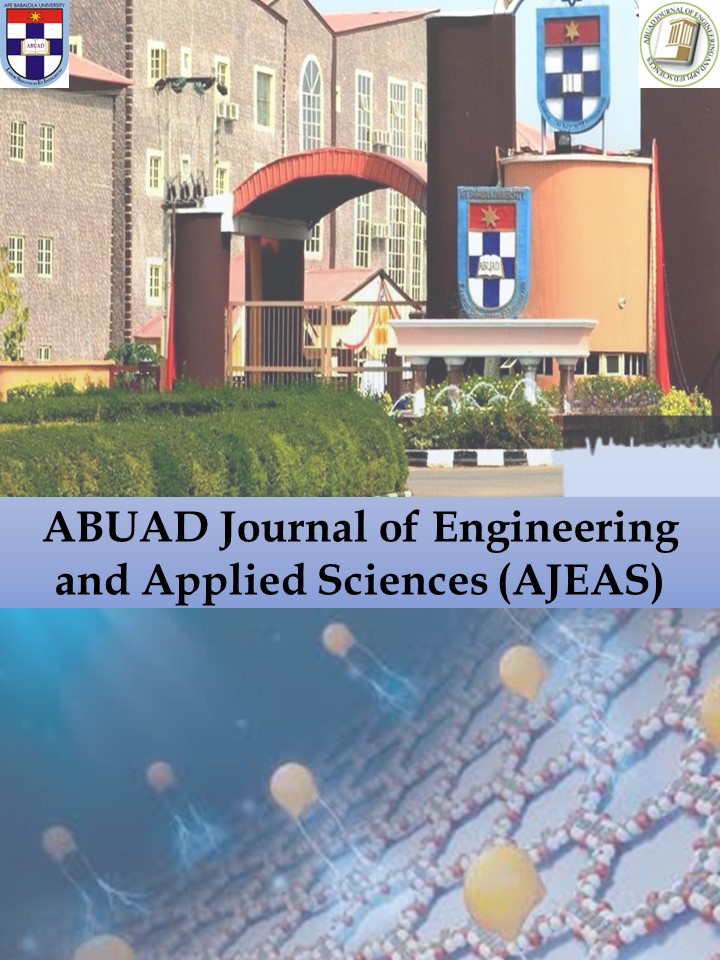Effect of Lithium Mining on Quality of Water using Atomic Absorption Spectrometer (A Case Study of Toto Lithium Mine)
Main Article Content
Abstract
The study focused on the evaluation of effect of lithium mining in water in Toto community. Lithium has a substantial negative impact on both human and the environment particularly on the contamination of water and water depletion. Lithium processing requires hazardous chemicals. Therefore, communities, ecosystems and agricultural production may suffer as a result of the release of such chemicals through leaching, spills, or air emissions. Water samples were obtained from Lithium site and taken for Atomic Absorption Spectrometer (AAS) analysis. The possible effect of heavy metals present in the water were evaluated and analyzed to offer solutions. Random Sampling method was used to obtain five (5) water samples from the mine site. The study revealed that out of the thirteen (13) elements considered, the concentrations of four of them were varied from a very high concentration to low concentration. The elements are Li, Mg, Fe and Ca with an average of 62.4173 micrograms per litre (µg/L), 29.3130 µg/L, 2.6518 µg/L and 0.9773 µg/L respectively. That of lithium which is 62.4173 µg/L is far above the allowable and acceptable standard limit given by the World Health Organization (WHO) and is therefore considered inimical for human consumption.




